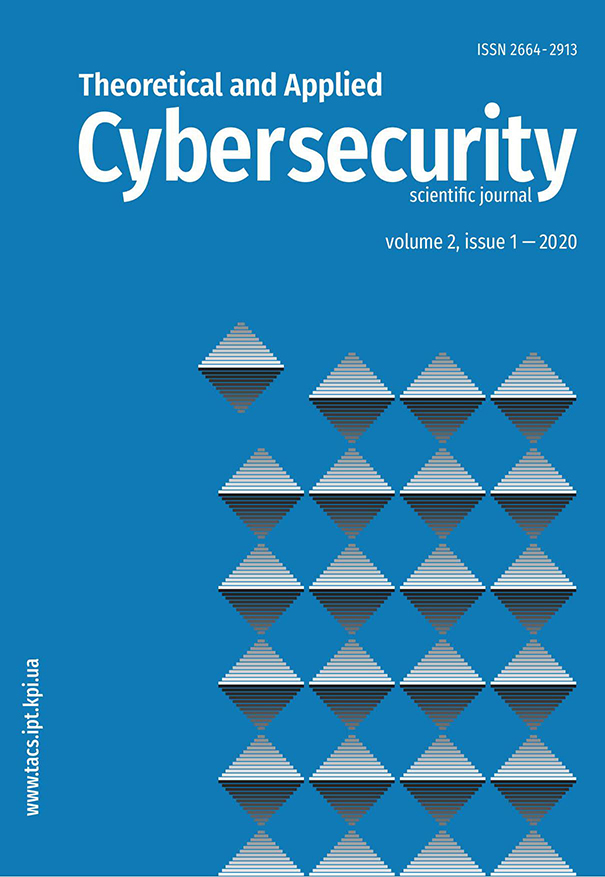Machine learning based network traffic classification approach for Internet of Things devices
DOI:
https://doi.org/10.20535/tacs.2664-29132020.1.209472Abstract
Due to design flaws, problems with implementations and improper network configuration, the Internet of Things devices become vulnerable in the network. They can be easily compromised and can also be attached to the Botnet network. IoT devices classification allows for strengthening of the overall network security through better VLAN planning and better firewall rule fine-tuning (e.g. per device class). In this paper only two classes of devices are considered: single-purpose devices (such as a bulb) and multi-purpose devices (such as mobile phone). Existing solutions do not provide the required accuracy within the given timeframe. We propose ML-based classification method based on supervised machine learning technology (Random Forest). With advanced packets flow analysis, our proposed approach demonstrates 94% of accuracy (7% better than the existing prior art). Additionally a very low False Positive rate is guaranteed for single-purpose IoT devices (e.g. a bulb must never be classified as a multi-purpose device).
Downloads
Published
Issue
Section
License
Authors who publish with this journal agree to the following terms:
Authors retain copyright and grant the journal right of first publication with the work simultaneously licensed under a Creative Commons Attribution License that allows others to share the work with an acknowledgement of the work's authorship and initial publication in this journal.
Authors are able to enter into separate, additional contractual arrangements for the non-exclusive distribution of the journal's published version of the work (e.g., post it to an institutional repository or publish it in a book), with an acknowledgement of its initial publication in this journal.
- Authors are permitted and encouraged to post their work online (e.g., in institutional repositories or on their website) prior to and during the submission process, as it can lead to productive exchanges, as well as earlier and greater citation of published work (See The Effect of Open Access).

